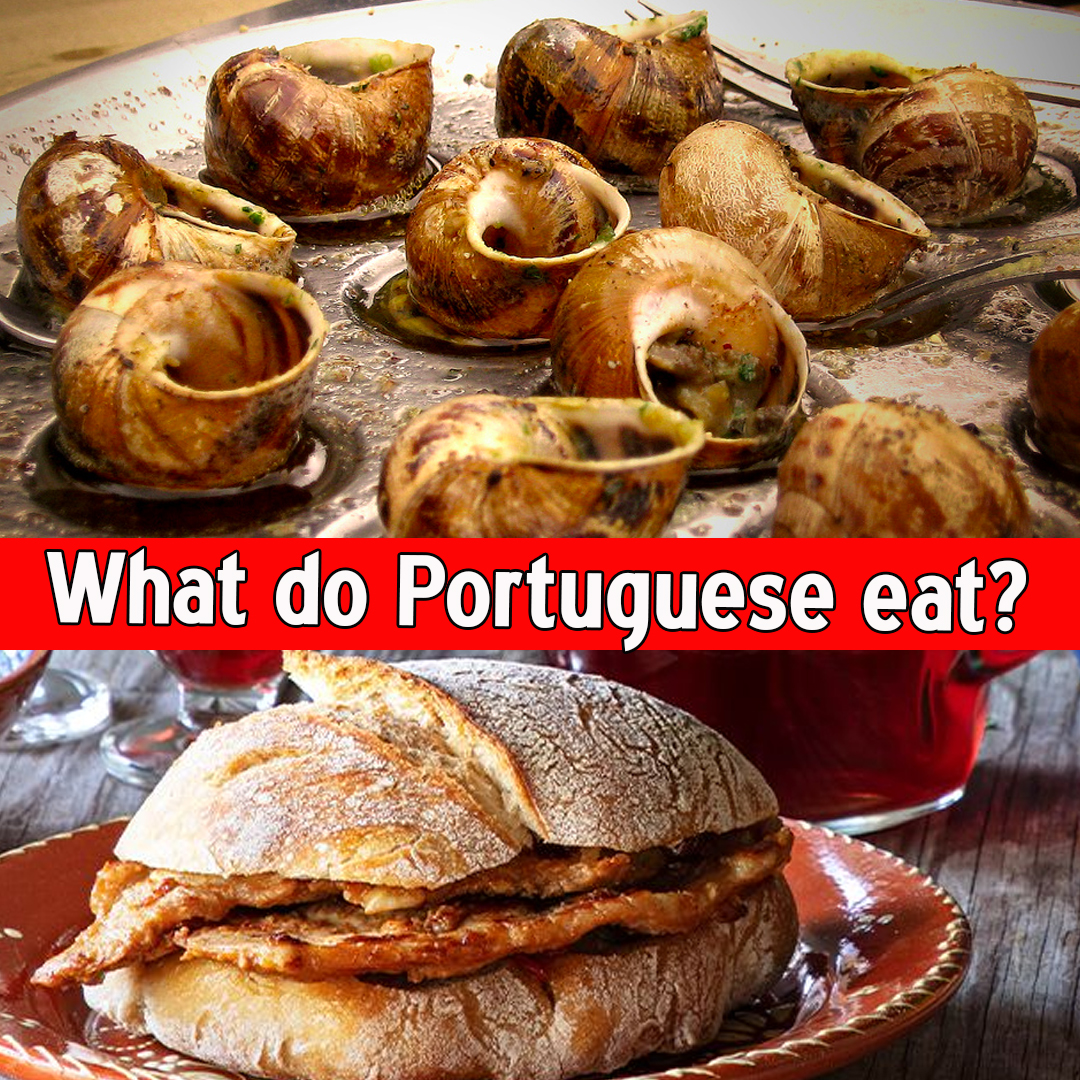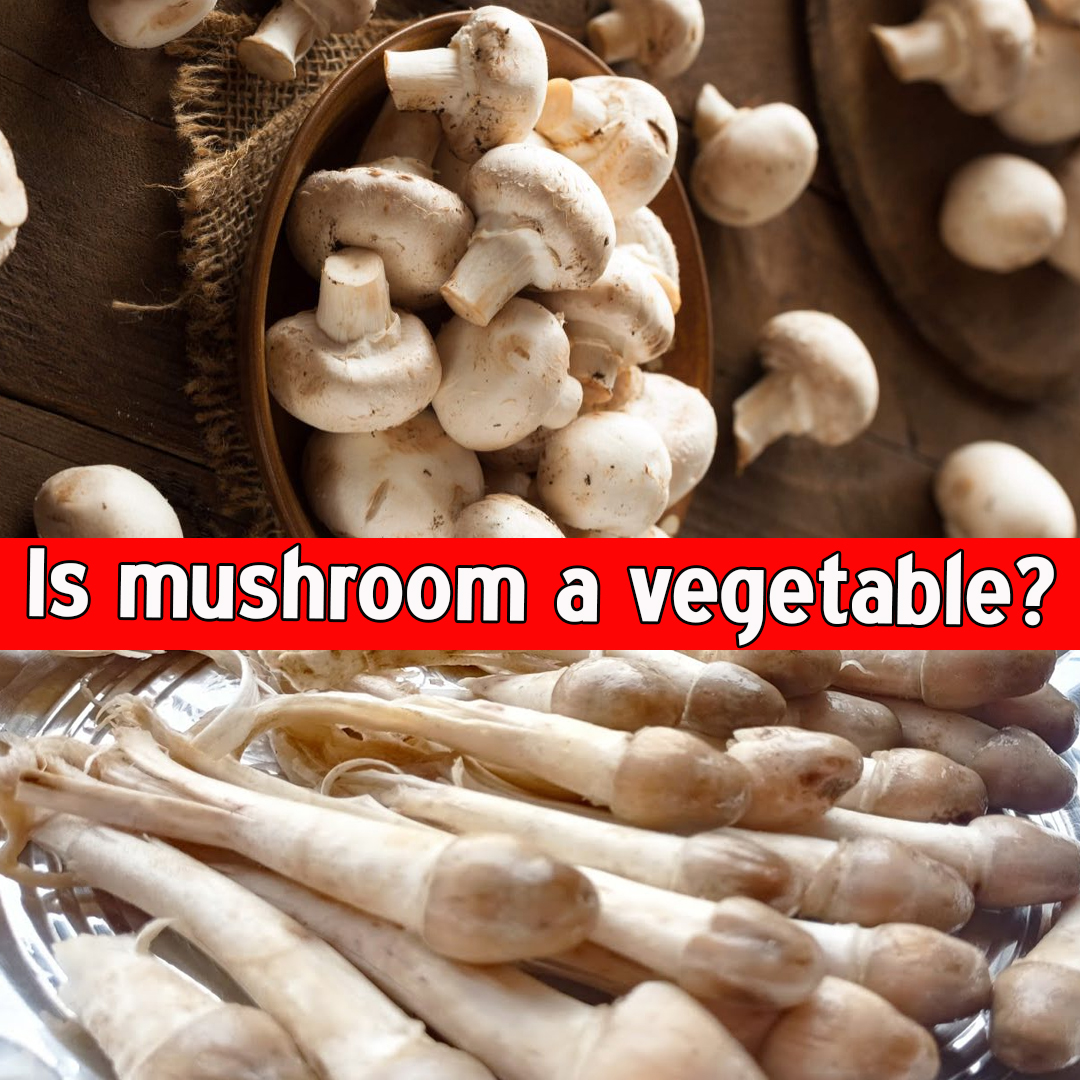What Are the Top 3 Favorite Cuisines in the World?

What Are the Top 3 Favorite Cuisines in the World?
Food is more than nourishment—it’s an expression of culture, emotion, and heritage. Across continents, billions of people enjoy meals shaped by tradition, creativity, and regional ingredients. While every cuisine has something unique to offer, some have captivated global palates more than others. Based on international surveys, restaurant popularity, social media trends, and cultural impact, the top 3 favorite cuisines in the world are:
- Italian Cuisine
- Chinese Cuisine
- Indian Cuisine
These culinary traditions are celebrated not just in their countries of origin but across the globe. In this 2000-word guide, we’ll dive deep into what makes these cuisines so beloved—from their signature dishes to the cultural stories they tell.
1. Italian Cuisine: Simplicity, Soul, and Global Stardom
Overview
Italian cuisine is often regarded as the most popular in the world. With its emphasis on fresh ingredients, bold flavors, and rustic cooking methods, it’s a perfect blend of simplicity and sophistication.
Core Ingredients
- Olive oil, garlic, tomatoes, basil, oregano
- Pasta, cheese (mozzarella, Parmesan), and wine
- Meats (prosciutto, sausage), seafood, and vegetables
Popular Italian Dishes
- Pizza Margherita: Invented in Naples, this iconic dish uses fresh tomatoes, mozzarella cheese, and basil, mimicking the Italian flag.
- Pasta Carbonara: Made with eggs, cheese, pancetta, and pepper—classic Roman comfort food.
- Lasagna: Layered pasta with béchamel, meat ragu, and cheese, baked to perfection.
- Risotto: Creamy rice dish often flavored with mushrooms, seafood, or saffron.
- Tiramisu: A dessert layered with coffee-soaked ladyfingers and mascarpone cream.
Regional Variety
- Northern Italy favors creamy sauces, butter, and polenta.
- Southern Italy is known for spicy tomato sauces, olive oil, and eggplant.
- Sicilian cuisine features Arabic and Greek influences—think caponata and cannoli.
Cultural Influence
Italian cuisine emphasizes:
- La famiglia (family): Meals are communal and leisurely.
- Freshness: Seasonal ingredients take priority.
- Craftsmanship: From handmade pasta to aged balsamic vinegar, food is a craft.
Global Popularity
- Italian restaurants dominate in cities like New York, Tokyo, Paris, and Mumbai.
- Pizza and pasta are household staples around the world.
- Italian cooking classes and home kits are trending globally.
2. Chinese Cuisine: Diversity, Depth, and Culinary Mastery
Overview
China’s culinary history spans over 5,000 years, making it one of the oldest and most complex cuisines. Chinese food is incredibly diverse, thanks to the country’s vast geography and ethnic groups. It emphasizes balance—between flavors, textures, and even energies (Yin and Yang).
Core Ingredients
- Soy sauce, ginger, garlic, sesame oil
- Rice, noodles, tofu
- Vegetables like bok choy, Chinese cabbage, mushrooms
- Meats: pork, duck, chicken, seafood
Popular Chinese Dishes
- Sweet and Sour Pork: A Cantonese favorite with tangy sauce and crispy meat.
- Kung Pao Chicken: Spicy Sichuan dish with peanuts, chilies, and chicken.
- Dim Sum: Bite-sized portions of dumplings, buns, and rolls served with tea.
- Peking Duck: A Beijing specialty featuring crispy duck skin and thin pancakes.
- Fried Rice and Chow Mein: Staple street food and restaurant favorites.
Major Regional Cuisines
- Cantonese (Guangdong): Mild, lightly sweet flavors; known for dim sum.
- Sichuan: Spicy and bold; uses Sichuan peppercorns that create a numbing sensation.
- Shandong: Focuses on seafood and soups.
- Jiangsu and Zhejiang: Elegant, slightly sweet dishes with refined presentation.
Cultural Influence
- Chinese meals often include multiple dishes served family-style.
- Focus on balance and the Five Tastes: sweet, sour, bitter, spicy, and salty.
- Importance of food symbolism in festivals—e.g., dumplings for wealth in the Lunar New Year.
Global Popularity
- Chinese food has a global presence, especially in the form of take-out and fast food.
- Chinese-American, Chinese-Indian, and other fusion variants are widely loved.
- Chinatown districts in cities around the world offer authentic culinary experiences.
3. Indian Cuisine: Spice, Tradition, and Diversity
Overview
Indian cuisine is a vibrant blend of spices, textures, and colors. It’s rooted in a deep spiritual and cultural tradition, influenced by Hindu, Muslim, Jain, and Christian dietary practices. From North to South, Indian food changes dramatically, offering a wide range of flavors and techniques.
| Read more – What Are the 5 Main Types of Cuisines? |
Core Ingredients
- Spices: turmeric, cumin, coriander, garam masala, chili powder
- Staples: rice, wheat (chapati), lentils (dal)
- Ghee (clarified butter), yogurt, coconut, and tamarind
- Meat (especially chicken and lamb), paneer (cheese), and a wide variety of vegetables
Popular Indian Dishes
- Butter Chicken: Creamy tomato gravy with tandoori chicken—an international sensation.
- Biryani: Fragrant rice cooked with meat or vegetables and spices.
- Masala Dosa: South Indian rice crepe stuffed with spicy potatoes.
- Palak Paneer: Spinach gravy with cottage cheese cubes.
- Tandoori Chicken: Marinated in yogurt and spices, roasted in a clay oven.
Regional Cuisines
- North Indian: Tandoori cooking, naan, rich gravies.
- South Indian: Rice-based dishes, coconut, spicy sambars, and rasams.
- East Indian (Bengali): Mustard oil, seafood, and sweets like rasgulla.
- West Indian (Gujarati, Rajasthani): Vegetarian meals, pickles, and snacks.
Cultural Influence
- Meals are deeply connected to rituals, religion, and Ayurveda (traditional medicine).
- Many Indians follow vegetarianism for religious reasons.
- Food is seen as a sacred offering (prasadam) in temples and festivals.
Global Popularity
- Indian cuisine is loved in the UK, Canada, the Middle East, and Southeast Asia.
- Dishes like curry, naan, and tikka masala are household names globally.
- Indian restaurants serve both traditional and Indo-fusion dishes to diverse audiences.
Comparative Overview of the Top 3 Cuisines
| Aspect | Italian Cuisine | Chinese Cuisine | Indian Cuisine |
|---|---|---|---|
| Flavor Profile | Simple, fresh, rich | Balanced, bold, diverse | Spicy, aromatic, multi-layered |
| Popular Ingredients | Olive oil, cheese, tomato | Soy, ginger, garlic, rice | Spices, lentils, ghee, yogurt |
| Signature Dish | Pizza | Sweet & Sour Pork, Dim Sum | Butter Chicken, Biryani |
| Vegetarian Friendly | Moderate | Moderate to High | Very High |
| Ease of Cooking | Easy to moderate | Varies by region and technique | Often complex, spice-intensive |
| Global Footprint | Restaurants worldwide | Immense takeout and fast food | UK, US, Middle East, SEA |
| Fusion Variants | Italian-American | Chinese-American, Chinese-Indian | Indo-Chinese, Indo-Western |
Why These 3 Cuisines Are Loved Globally
1. Flavor Satisfaction
These cuisines masterfully blend spices, fats, acids, and fresh ingredients to create deeply satisfying flavors.
2. Accessibility
Pasta, rice, curry, and dumplings are universally appealing. These dishes use everyday ingredients that are now globally available.
3. Cultural Storytelling
Each bite of a Neapolitan pizza, bowl of chow mein, or spoon of chicken tikka masala tells a story of migration, trade, and family.
4. Fusion and Adaptability
All three cuisines have evolved to match global tastes:
- Italian: Chicken Alfredo (American twist), spaghetti tacos (fusion)
- Chinese: Orange chicken (American Chinese), Manchurian (Indian Chinese)
- Indian: Chicken tikka masala (British Indian), curry burgers (fusion fast food)
Impact on Global Cuisine and Food Culture
Restaurants and Fast Food Chains
- Italian: Olive Garden, Pizza Hut, Domino’s
- Chinese: Panda Express, Hakka chains, local take-outs
- Indian: Dishoom (UK), Curry House (US), Barbeque Nation (global expansion)
Influence on Home Cooking
Thanks to the availability of spice blends, sauces, and meal kits, people can now cook Italian pastas, Chinese stir-fries, or Indian curries at home.
Presence in Media and Pop Culture
- Cooking shows regularly feature challenges with Italian pasta, Indian spice mastery, or Chinese dumpling art.
- Food bloggers and YouTubers share recipes from these cuisines with millions of followers.
Conclusion
The top 3 favorite cuisines—Italian, Chinese, and Indian—are far more than food trends. They represent the perfect marriage of tradition and taste, of technique and soul. These cuisines transcend borders, bringing people together across continents and cultures. Whether it’s a slice of wood-fired pizza, a steaming plate of chicken fried rice, or a bowl of spicy butter chicken, these dishes continue to connect us with joy, comfort, and a taste of global harmony.















Leave a Reply